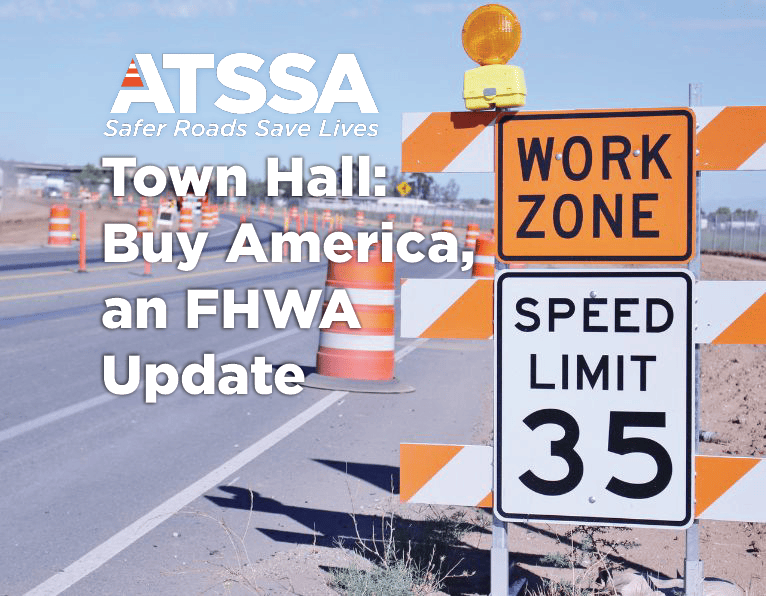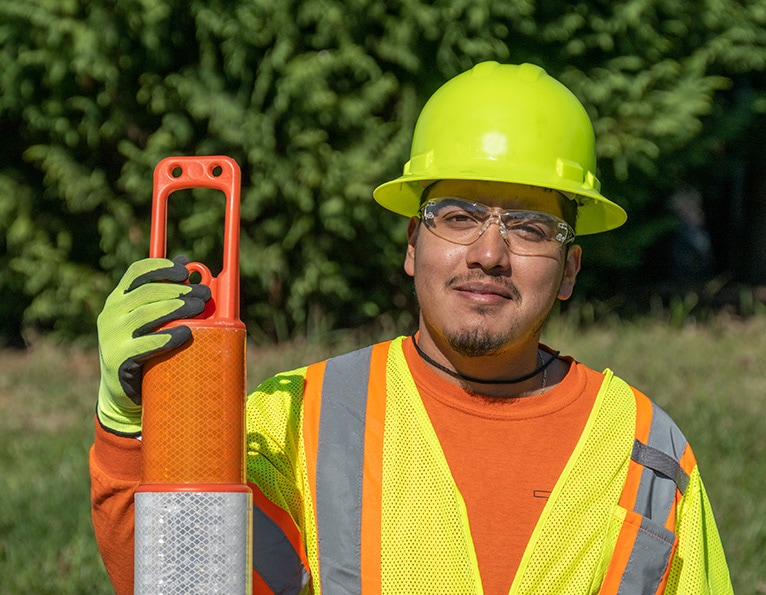Related News Articles
ATSSA Town Hall: Build America, Buy America, an FHWA Update on Feb. 21
Virtual Town Hall will present new insights on Build America, Buy America with commentary from a member of the FHWA…
‘Creating a Safety Culture’ webinar set for Sept. 13
Avoiding workplace injuries isn’t just good for your team, it’s good for the bottom line. But how do you get...
Limit your risk in contracts with help from new ATSSA group
The overreaching contractual obligation to assume responsibility for another party beyond the extent of your own negligence or willful misconduct...

